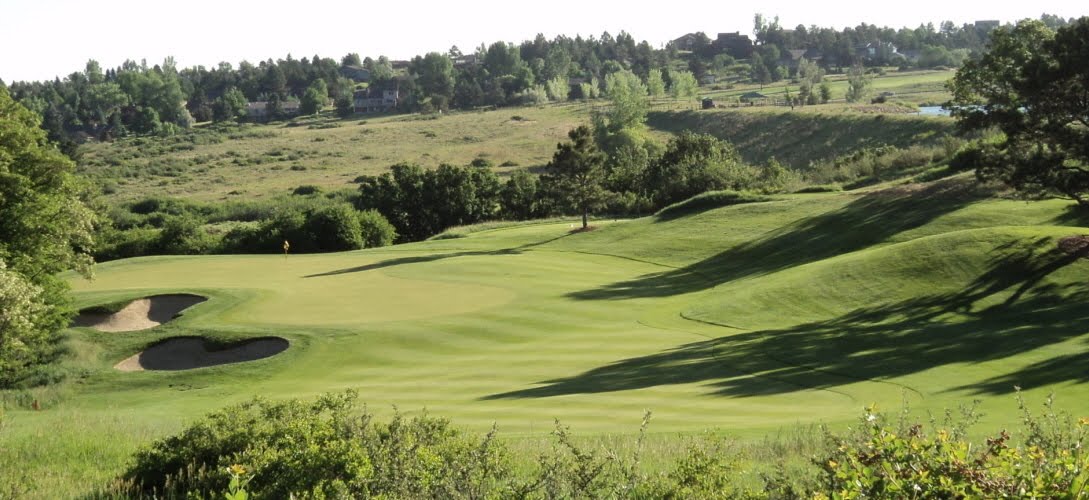
Its good to be back in the blogging world again. I apologize for the lack of posts over the months. Here is a recap of what went on over the last 5 months . What a dry hot summer, we went 67 consecutive days without a drop of rain in the months of August, September and into the first week in October, coupled with above averages temperatures. The positive side is that golf rounds were up and the club was full of members. And we still stayed in our water budget for the year.
For most of the summer it was business as usual with lots of hand watering, running roller basins and misters and some small projects. We were also a little short handed in the months of August-October. Just like many golf courses we had to lay off some crew a little early so that limited our crew to just maintaining the course for the summer. We got buy but many projects had to be put on hold until this fall and next year. Some of the larger projects that we were able to complete this fall were much needed. We added some supplemental irrigation in rough areas on holes #15 valley, #7 mountain and #5 mountain with plans to do some more on #13, #12 in the spring. The reason for the supplemental irrigation is to limit roller basins & misters in the rough at the same time keeping the fairways firmer.
Blow out went well in Mid November we finished in just over 2 days with a 750 CFM compressor. Moving blow up a few weeks was great, no frozen heads this year. Over the past week we have been spraying for snow mold on our approaches, tees, and select fairways. Its was tough finding a fungicide that replaces PCNB thats as cheap and works as well, but I feel confident about our choice. Our greens will not get sprayed until the last minute we'll watch the weather and spray accordingly. Now we are just hand watering some southern exposures and working outside when the weather permits and when the weather is not cooperating we are working on our inside projects.

















































